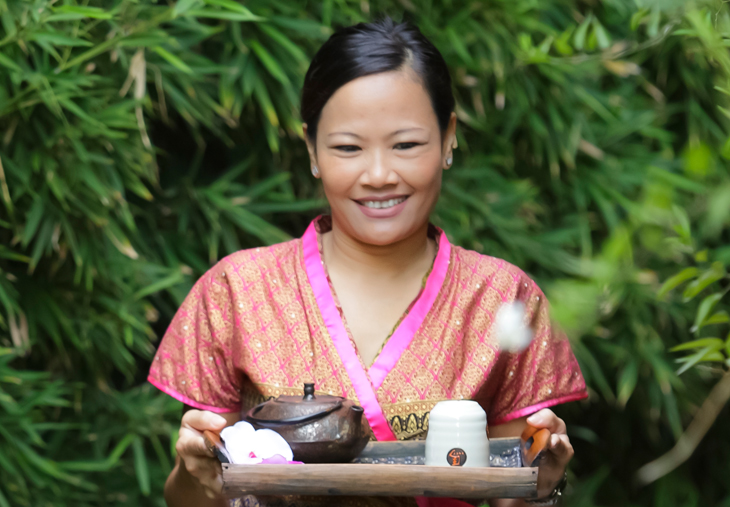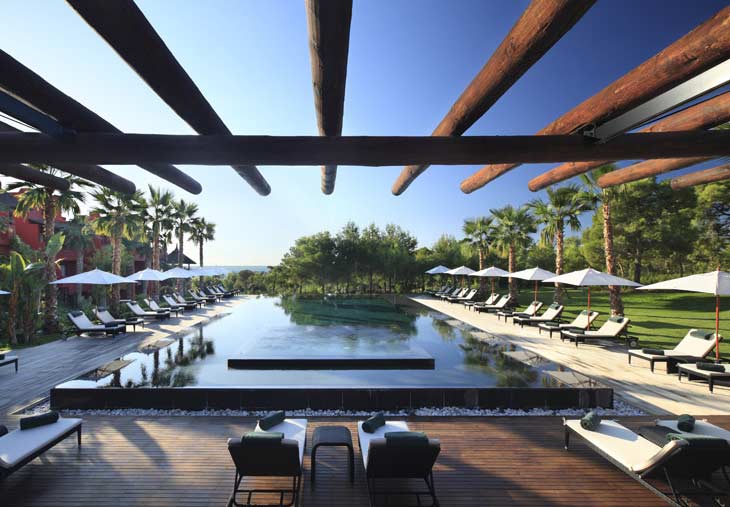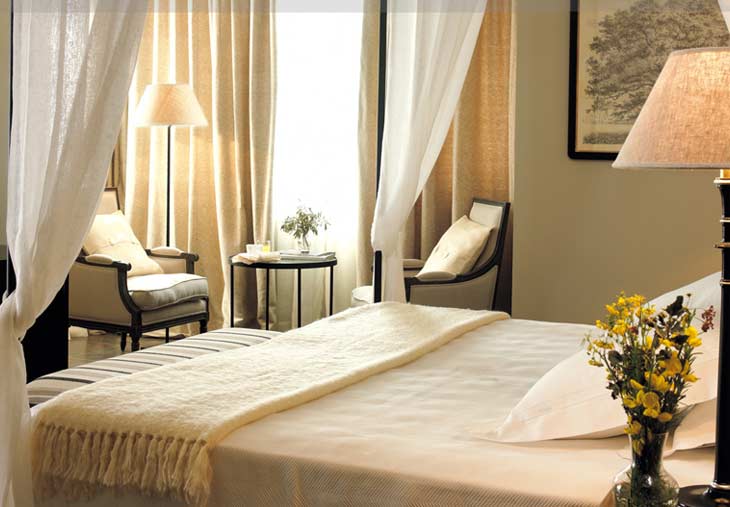Today, at the Asia Gardens Hotel & Thai Spa we do ourselves up and talk about the make-up Chinese women wear, as well as a beauty ideal that has evolved throughout the different dynasties and eras.
From ancient times, Chinese culture has always favoured beautiful and petite women, with pale skin and bright eyes, very delicate complexions and white teeth.
INTERESTING FACT
widows in ancient Imperial China dyed their teeth
black as a way of giving away their beauty.
Ancient Chinese people associated pale complexion with power, as it seemed mysterious and able to hide “flaws” behind a thick coat of white make up.
During the Qin and Han Dynasties (206 B.C. – 220 A.D.), women’s values were more appreciated than their beauty. In those times, women used to wear very basic clothes.
The main feature of a beautiful woman in the Han Dynasty was her lips. They used to draw different shapes and designs, hearts and flowers on their lips.
As well as colouring, the balm they used had a beautiful scent. They later added other spices and ingredients to these “lip balms”, with bright and colourful results.
During the Tang Dynasty (618 A.D. – 907 A.D.) their eyebrows were more important. They had to be sharp, pointy and dark. Straight hair up on a high bun and dark colours on their lips were also popular.
During this Dynasty, all women had a seven step ritual to achieve perfect make-up:
1) apply a powder base
2) draw a black line on your eye
3) apply a dark colour to your eyebrows
4) apply “gold on your forehead” or “bright gold flowers”
5) hide dimples
6) colour your cheeks
7) apply colour on your lips
In our Thai Spa, you can enjoy all the treatments brought straight from the Asian continent for your wellbeing and beauty. Innovation and tradition, come and visit us.










